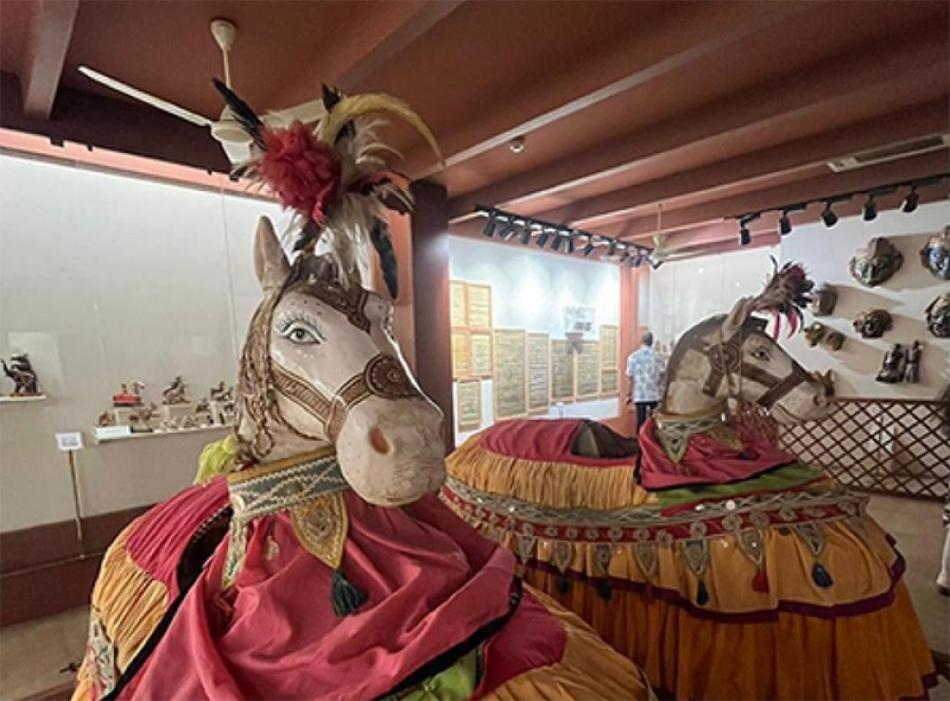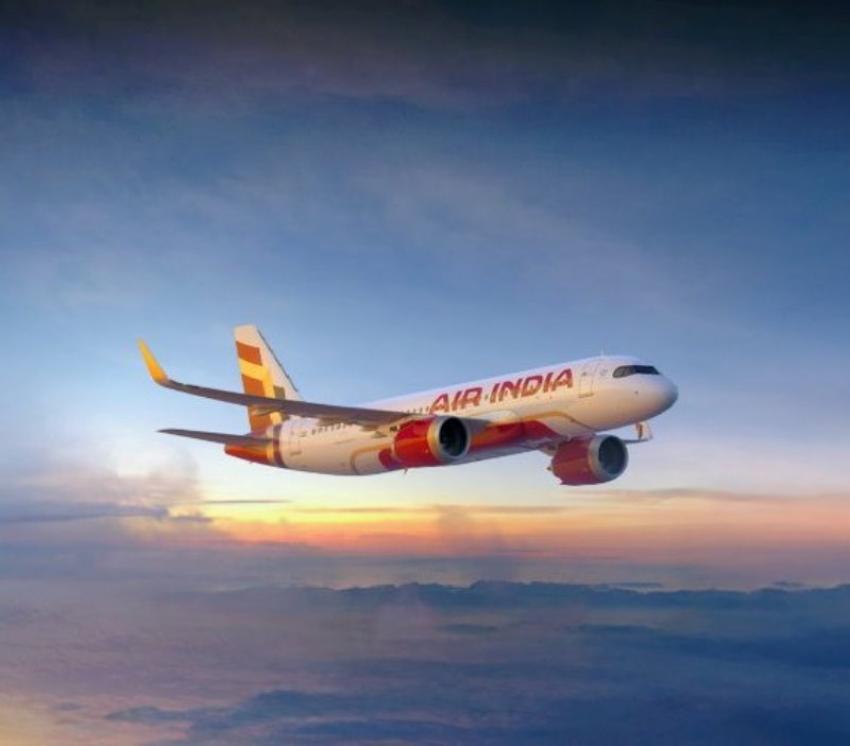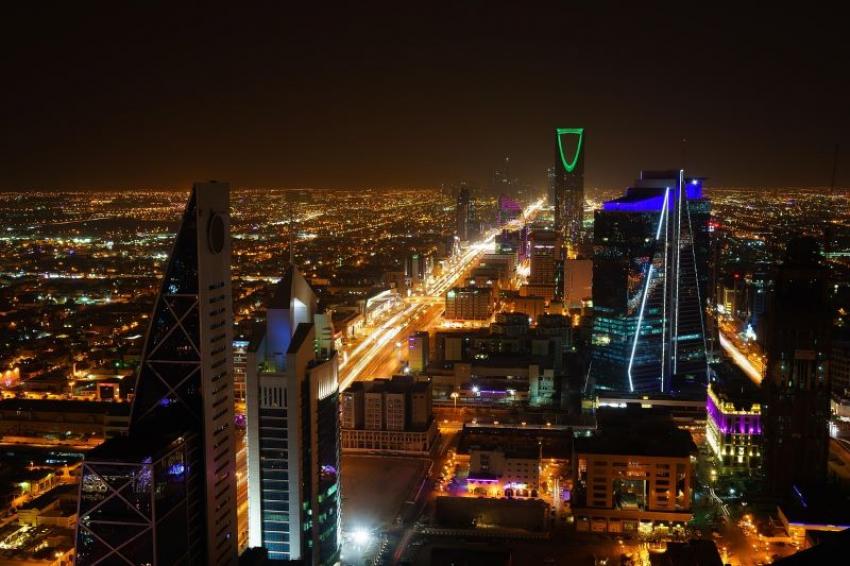By Souvik Ghosh | @notintownlive | 28 Nov 2025, 01:10 pm
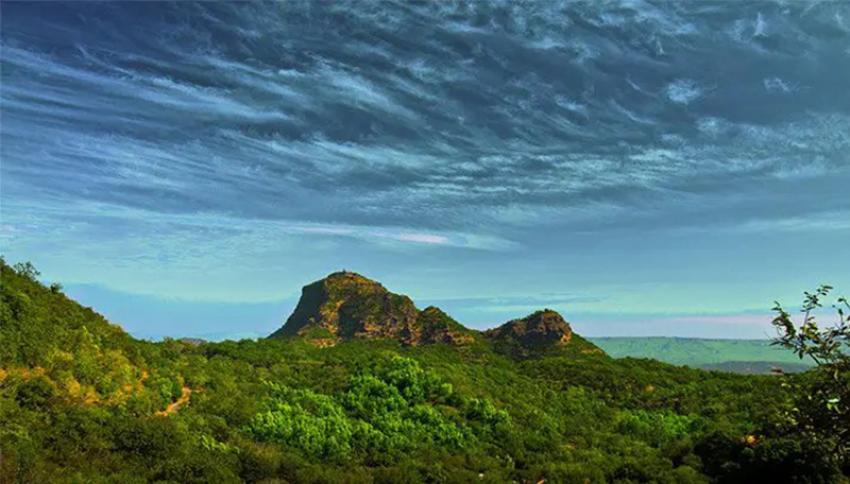
Pachmarhi’s beauty lies in its serene forests, cascading waterfalls, and mist-kissed hills that give the entire valley a quiet, timeless charm. Photo: MP Tourism
Hurriedly finishing a wholesome vegetarian lunch of roti, paneer, rice and dal, I almost sprinted to the jeep—usually reserved for jungle safaris—for our two evening stops: Pandav Caves and Dhupgarh in Pachmarhi, Madhya Pradesh.
It had barely been an hour since my co-travellers and I reached the hill station and checked into a new hotel, still very much living out of our suitcases.
Often called the Queen of Satpura, Pachmarhi may not be among India’s highest hill stations, but it is a treasure trove of lush forests, waterfalls and ancient caves.
Set in the Satpura range at an altitude of about 3,500 ft (1,067 metres), it offers the gentle chill of an approaching winter in mid-October—a time when tourists happily step out to breathe fresh air and make the most of the festive season.
Hosted by Madhya Pradesh Tourism for its flagship event, the Madhya Pradesh Travel Mart 2025, my journey through the length and breadth of Pachmarhi—the land of Ayurveda—was nothing short of seamless.
How to reach Pachmarhi?
Pachmarhi lies about 190 kilometres from Madhya Pradesh’s capital, Bhopal—where my journey began on October 13, 2025.
An early riser by habit, waking up wasn’t the challenge; leaving the comfort of my room at the five-star heritage property, Sadar Manzil Heritage by Atmosphere, certainly was.
The hotel, less than 10 kilometres from Bhopal’s Raja Bhoj Airport where I had landed on the afternoon of October 11, offered a delightful vegetarian breakfast: exquisite poha, a warm croissant and a strong mug of coffee—perfect fuel for the long road ahead.
A couple of breaks at roadside dhabas for tea and samosas, paired with brief power naps in the bus, made the five-hour journey comfortable until we checked into the Golf View Heritage Hill Resort.
For travellers approaching via Bhopal, reaching Pachmarhi typically involves taking a direct or connecting flight to the state capital, followed by a pre-booked car or bus ride.
For those visiting Pachmarhi as the main destination, several trains from Kolkata, Bhopal, Jabalpur, Nagpur and Delhi stop at Pipariya—just over 50 kilometres from the hill station. From Pipariya, hired cabs and jeeps, readily available, ferry visitors up to Pachmarhi.
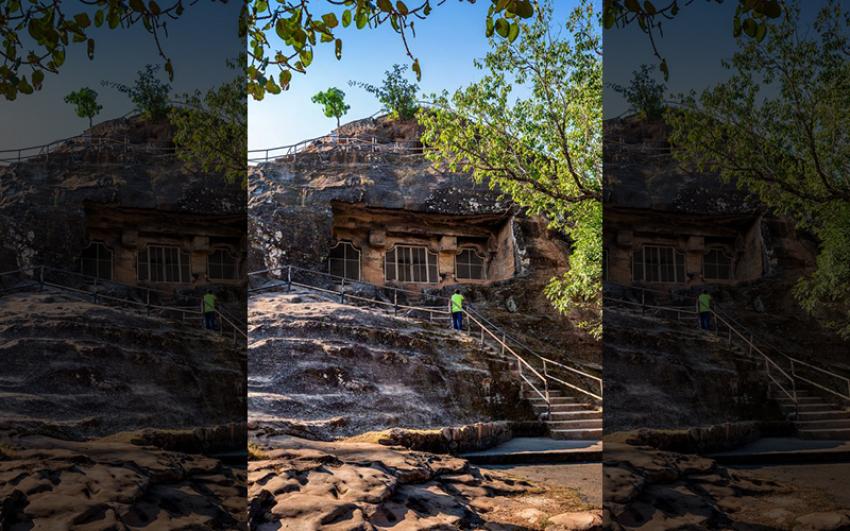
Pandav Caves and Dhupgarh
As we began our journey along the super-clean hilly roads of Pachmarhi, John Denver’s Sunshine on My Shouldersfloated into my mind, gently muting the excited chatter of my jeep-mates.
Our first stop was the iconic Pandav Caves—one of the region’s most visited attractions, where mythology, history, and natural beauty intersect.
Scientifically, the caves date back to around the 2nd century BCE to the 6th century CE and have no historical link to the Pandavas of the Mahabharata. Yet legend holds strong.
The Archaeological Department maintains the caves were never touched by the Pandavas, but local belief—especially among Adivasis—continues to weave mythological associations into the site’s identity.
Most of the caves are now permanently closed to prevent littering, leaving visitors with only one or two accessible spots. After taking a few quick photographs from the viewpoint, I rushed back to the jeep—sunset was approaching, and I couldn’t risk losing my seat.
Our next stop, Dhupgarh—Madhya Pradesh’s highest point—is famed for receiving the first and last rays of the sun. Though the sky turned cloudy and denied us a perfect sunset, standing together to witness the fading light carried its own charm.
Known as the land of Ayurveda, Pachmarhi stirred my curiosity about traditional healing in our modern, fast-paced lives that often drift away from natural rhythms. Before wrapping up the day, I picked up a bottle of pure honey from a local government shop selling Ayurvedic products—while some of my fellow travellers grabbed their own favourites. A final cup of tea at a roadside stall marked the perfect end to an eventful day.

Jatashankar Temple in the wee hours
How often do you get to visit a temple without queues or any hassle? If you want to experience one, visit the Jatashankar Temple.
Located in the Hoshangabad district of Madhya Pradesh, it is a natural cave where Lord Shiva is believed to have hidden from the demon Bhasmasur.
Situated 2 km deep within a narrow valley in the Mahadeo Hills, the temple lies inside a natural limestone cave, surrounded by massive boulders and steep cliffs. The entrance itself is tucked between two huge rocks, giving visitors the sense of stepping into a secret, sacred world.
Inside, stalactite formations continuously drip water — considered sacred and believed to symbolize the matted hair (jata) of Lord Shiva. A small natural Shiva Lingam has formed from the dripping water over time.
Two springs emerge here — one warm and one cold — representing the holy rivers Ganga and Yamuna.
To offer prayers under the cave, one has to dip their ankles in the water. In the quiet, serene atmosphere just an hour after sunrise, I was fortunate enough to experience this peaceful moment.

Bee Fall
Leaving behind two gentlemen who chose to sit and meditate amidst the natural beauty near the Jatashankar Temple, my companions and I headed straight back to the hotel for a quick breakfast, as time was running out for Bee Fall and we were nearing our checkout.
While many visitors wore chappals to get drenched in the fall, I carefully chose my shoes for the steep descent — about 300–400 feet — through forest trails and rocky paths.
The fall is not just a tourist attraction; it also serves as a primary water source for the Pachmarhi town area. Many locals believe that bathing in its fresh mountain water rejuvenates both body and soul — a natural form of hydrotherapy.
During the monsoon (July–September), the fall is at its most powerful and dramatic, while winter offers clearer water and pleasantly cool weather.

Though some of my colleagues couldn’t venture out in the morning due to a lack of warm clothes, I — prepared with sweatshirts — found myself somewhat regretting the choice, at least figuratively, as I was drenched in sweat while climbing back up the steps.
No, I was not the only one. On my way back, I came across a few others resting midway, and perhaps my quick pat on the back helped recharge them enough to undo the descent.
How to Reach Pachmarhi
By Air
The nearest airports are Bhopal (~ 230 km) and Jabalpur (~ 260 km).
From the airport, you can take a taxi or bus to Pachmarhi.
By Train
The closest railway station is Pipariya (station code: PPI), about ~ 47-50 km from Pachmarhi.
If you don’t get a train to Pipariya, you can also go via Itarsi railway junction and then take a taxi or bus to Pachmarhi.
From Pipariya, taxis, jeeps, or MPTDC (Madhya Pradesh Tourism) vehicles can take you up to Pachmarhi.
By Road
Pachmarhi is well-connected by road via State Highway 19A (branch of MP SH 19) from town like Matkuli / Pipariya.
There are regular bus services from cities like Bhopal, Indore, Nagpur to Pachmarhi (or to Pipariya, from where you take a taxi).
Once you reach Pipariya, shared jeeps / taxis are common to reach Pachmarhi.
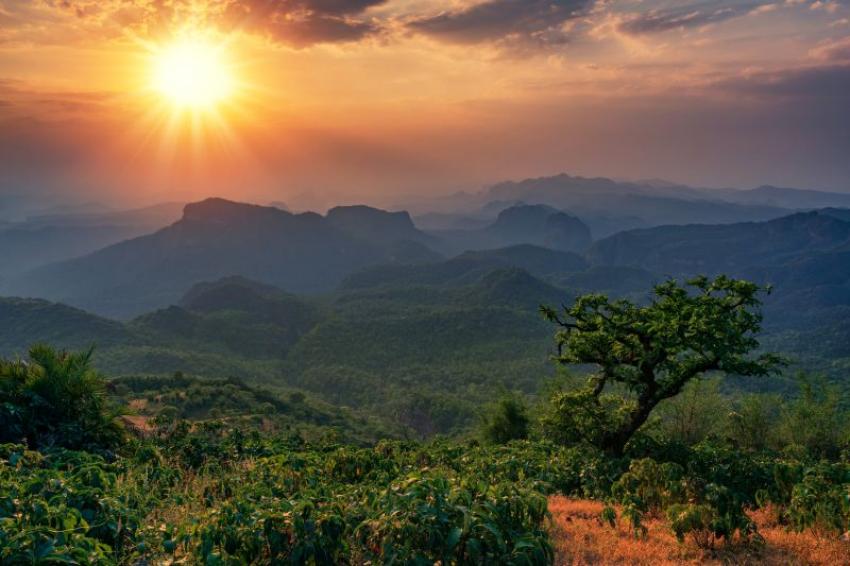
Accommodation in Pachmarhi
Here are some recommended places to stay in Pachmarhi, including government-run options and other reliable lodgings:
Government Accommodation
-
Forest Rest House / Satpura Tiger Reserve Rest House
-
There are forest rest houses in Pachmarhi managed by Satpura Tiger Reserve.
-
Room rates (according to MP Forest Department FAQ): for Pachmarhi rest house, certain rooms cost around Rs. 250 (for a very basic type) and up.
-
You need to book in advance. Book via the Satpura Tiger Reserve office during working hours (10:30-17:30) via phone or email.
-
-
MP Tourism Guest Cottages / Rest Houses
-
Government guest houses in Pachmarhi are listed on Justdial, including state-run rest houses.
-
These are relatively economical and can provide more “local/hill station” experience.
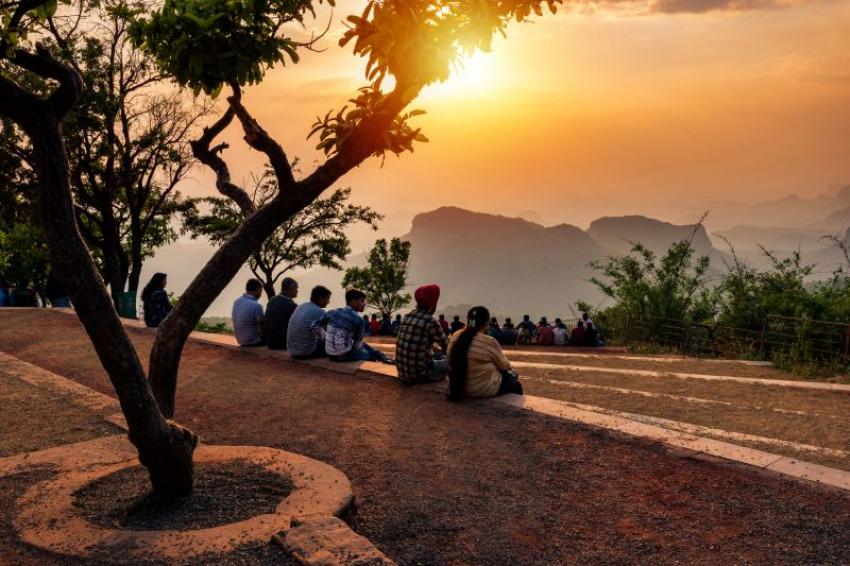
Other Good Hotels / Stay Options
While government stays are good for budget and authenticity, here are other good places to stay (private hotels, resorts):
-
There are a number of mid-range and budget hotels in Pachmarhi. Travelers say there are “MPT cottages, all are good.”
-
According to a travel blog, a 2–3 day stay is good to cover all major spots.
-
Some private stays/hotels also help with arranging local transport and tours (gypsy rides etc.).

Transport Within Pachmarhi / Local Transport
-
There is no reliable public transport system (buses) inside Pachmarhi for hill-station sightseeing.
-
For sightseeing, the common mode is gypsy (open-top jeeps), especially for forest / hill-top spots. Several Reddit users recommend booking gypsy rides:
“Open Gypsys are the best commute, to enjoy the lush greens.”
-
To enter certain forest department / restricted areas (bee falls, Dhoopgarh, etc.), you may need a permit from the forest department, which is often handled via Bison Lodge.
-
Vehicle hires: As per the MP tourism plan: tourist cars (Maruti Jeep, etc.) are available; full-day and half-day rates are specified for local sightseeing.
Recommended Plan
-
Duration of Stay: 2–3 days is often recommended to explore Pachmarhi properly.
-
Best Time to Visit: October to March is good for pleasant weather.
-
Advance Booking: Particularly for government rest houses or forest rest houses, book well in advance, especially in peak season.
-
Permits: For some forest-area attractions, arrange permits or gypsy rides in advance.
-
Carry Essentials: Since Pachmarhi is a hill station, prices for snacks / essentials may be higher; carrying some supplies is a good idea. Based on traveler experiences:
- I escaped to Pachmarhi — what I found in the queen of Satpura left me spellbound
- Air Canada just ranked the Best New Restaurants of 2025 - And the Top Spot isn't who you think
- Rediscovering Arunachal's Monpa Cuisine: One Woman’s Millet Momo Revolution
- Discovering Heritage: A visual journey through Odisha crafts museum Kalabhoomi
- From kebabs to biriyani: Lucknow gets UNESCO honour for its royal cuisine
- Delta takes Spanish flavours to the skies
- Kolkata’s iconic Kathi Roll among world’s top 10 wraps: TasteAtlas
- Yellow Taxis and the Colours of Puja
- Starbucks introduces special Durga Puja inspired menu for Kolkata, with an attractive discount offer too
- Rosé All Day and Coastal Vibes: Dining at Chicago's The Hampton Social – River North
Tata Group-owned Air India on Sunday announced the reinstatement of its codeshare agreement with fellow Star Alliance carrier, Air Canada, to offer more flight options for travellers and boost connectivity between India and Canada.
Starting Nov 16, 2025, IndiGo will operate direct flights between Bengaluru and Riyadh, expanding its network to Saudi Arabia.
American Airlines will launch new seasonal service between New York (JFK) and Edinburgh, Scotland (EDI) in March 2026, expanding its international network.

